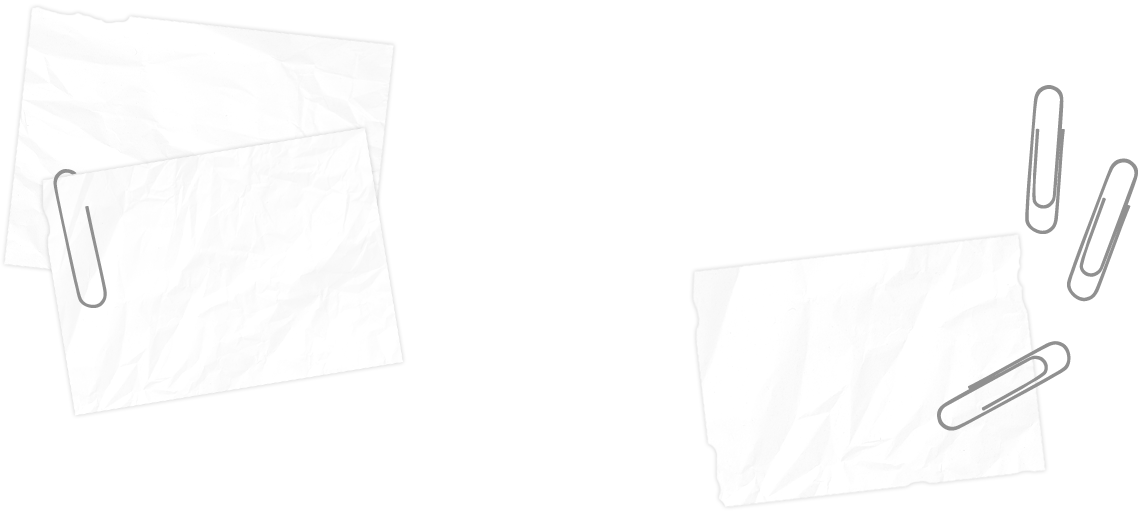
Grant Writing 101

BASIC PROPOSAL COMPONENTS
-
Cover Letter or Summary
-
Introduction
-
Problem or Needs Statement
-
Objectives
-
Methods of Implementation
-
Evaluation Strategies
-
Plans For Continued Funding
-
Budget
-
Supplementary Materials
COVER LETTER/SUMMARY
-
The cover letter or summary condenses the total proposal into a concise, one-page request.
-
Should be written to the funding executive's attention on agency letterhead.
-
The cover letter is constructed after completing the proposal in order to highlight main features from each section.

INTRODUCTION
-
The introduction of the grant proposal should include agency qualifications, a brief history of the organization, the organization's most important noteworthy accomplishments, and other community agencies' support for the organization.
-
Future plans of the organization, its demonstrated ability to conduct programs, and its mission statement should also be included.
PROBLEM/NEEDS STATEMENT

-
The problem or needs statement should describe the gap between what currently exists and what needs to be funded externally.
-
Grant writers could/should utilize:
-
Research findings reported by a local community agency or university
-
Survey data
-
Key informant interviews
-
Focus group results
-
Demographic information and statistics
-
Results of community assessments and improvements processes published by local health departments.
-
-
A grant reporter should build a sense of urgency in the needs statement without overexaggerating.
OBJECTIVES
-
Program objectives should be measurable, time-limited, outcome-based, achievable, and relevant.
-
Objectives state the process, outcomes, and roles of the health educators and target population.
-
Must use verbs like the following: improve, increase, provide, reduce, and facilitate.
-
Outcome objectives relate to the benefits achieved due to the success of the program.
-
Process objectives refer to the completion of tasks over the course of the grant.
-
Process objectives are crucial for determining timelines, staff tasks, and whether plans need to be adjusted.
METHODS OF IMPLEMENTATION
-
The methods section of the grant proposal describes the activities designed for achieving program objectives.
-
Methods should be theory-based and show the uniqueness of the program.
-
A timeline or flowchart should be constructed to show the series of action steps to be taken in the program.
-
The staffing, along with their program responsibilities, should also be described.
EVALUATION STRATEGIES
FUNDING CONTINUATION
-
Sustainability of the program will be important to funders after the grant period, typically 12-18 months, ends.
-
Viable strategies for continuation funding and program sustainability will be essential.
-
A comprehensive program evaluation consists of process, impact, and outcome evaluation components.
-
The types of data should be collected and how they will be analyzed and disseminated should also be included.
-
Process evaluated determines the extent to which process objectives were met by examining how the implementation unfolded, and whether or not the original plan was followed.
-
Impact and outcome evaluation determines if the outcome objectives for the program were met.
BUDGET
-
The budget is a realistic projection of program costs
-
The dollars requested in the budget should match program activities.
-
An RFP may be requested but if it is not, include the following:
-
A listing of itemized expenses that includes
-
Salaries
-
Employee benefits
-
Consultant fees
-
Travel supplies
-
Equipment
-
Rent
-
Other similar items
-
-
These items comprise the direct costs or budget items that represents the direct expenditure of funds.
-
-
Indirect costs are items incurred y the grantee that are not readily identified as direct expenditures but are necessary to facilitate and maintain operations for the programs.
-
This includes administrative overhead, building maintenance, and depreciation.
-
-
Following the indirect and direct costs, a budget justification statement should be included.
-
In-kind matches and other local funding should be explained and a dollar amount or general description should be included for in-kind matches.

SUPPLEMENTARY MATERIALS
Letter of Intent
-
Due to the large number of requests for support,f funders may require a simple summary of the proposal.
-
A letter of intent will enable preliminary screening by the funder, during which time suggestions may be made for program modification.
Appendices
-
Appendices are necessary for including supportive materials that would disrupt the flow of ideas presented within the text.
-
These appear at the end of the grant proposal and include:
-
Well-written letters of support for partner agencies.
-
A copy of the agency's annual report
-
Proof of nonprofit status
-
A list of board members and key staff
-
A balance sheet form the last annual audit
-
Vitae of persons directly involved with the proposed program.
-